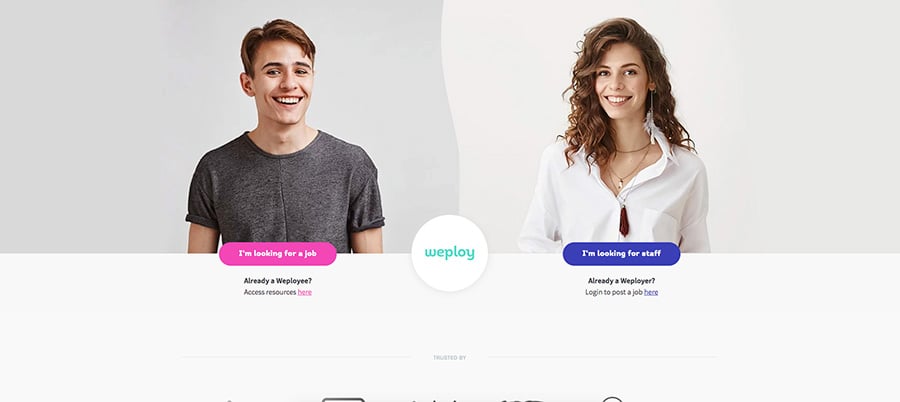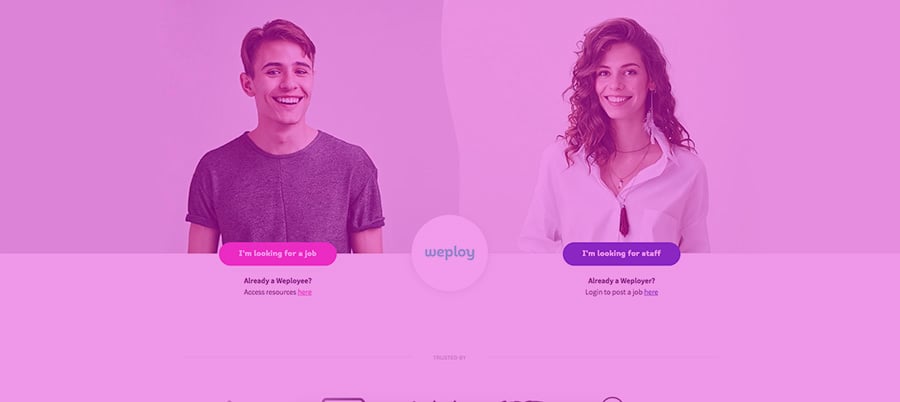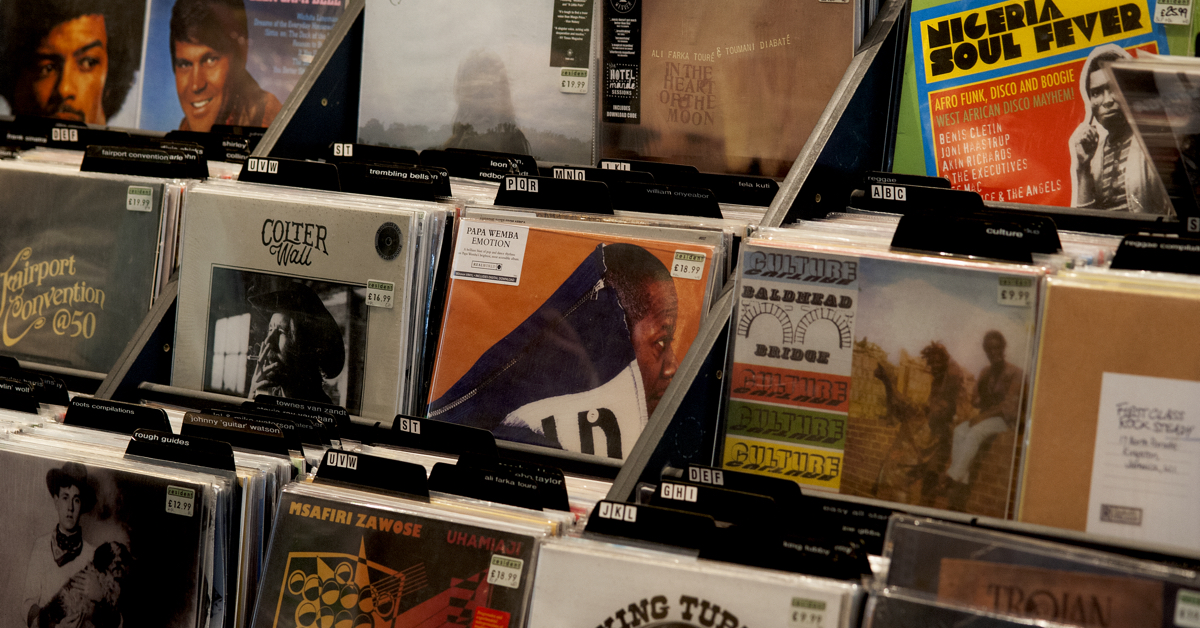One image is worth a thousand words, and even more in a 4 inches device. The proliferation of smartphones and tablets has made visual content more enjoyable to navigate through than text, and easier to share. Including visual content in your inbound marketing process is not a choice but a necessity- we share 2,460,000 pieces of visual content on Facebook every minute.
Visual content is a key component in an effective inbound marketing strategy for business in online selling, whether it’s B2C or B2B. In terms of sales process, appropriate visual content can get leads to the first stages of the sales cycle. Once engaged, salespeople take over to push down the funnel and make the sales process efficient and effective.
Customers are drawn to visual content. They don’t want to read about how your product answers their needs, they want an explanatory video. Think about Ikea’s catalogue and assembling instructions - a whole visual experience!
How does visual content helps in the inbound marketing sales strategy
How can a photo make you sales? Engaging images + keywords in tags and image titles = an image linking to where they can buy the exact same thing they just clicked on.
This is basically the strategy of Pinterest, which drives more sales and web traffic than Google +, Youtube and LinkedIn combined. For consumers, visual appearance is the main factor while online shopping. Boost your sales by creating images to help the customers envision how your products can solve their problems - 40% of people respond better to visual information than text.
When including keywords, your company name and product or service in the tag of your images, they will come up on the searches for that topic. This will increase your traffic and the social media actions (likes, retweets, subs) while maximising your ROI.
Which is the best visual content type for my inbound marketing plan?
The type of visual content depends on your target market and sales goals. The right content should inform your target audience of the function and value of the products while being unique, interesting and inspirational. You should also select where and when to place and share it depending on the web browsing patterns of your target customers.
Let’s take a look at some visual content formats and B2B companies that are successfully using them.
Charts, graphs and infographics
Since 2009, the word infographic has taken popularity as one of the most used visual formats in marketing. They are a great tool to increase brand awareness and driving traffic and social media actions to the right sources. Infographics are liked and shared 3 times more than any other visual content, reaching up to 15 million people. Why? Because they allow to turn big complex quantities of data into easily digestible visual information. One of the greatest examples is KISSmetrics, a leader in the infographics business.
Whiteboards and visual note taking
Text-based content like white papers have not longer impact in a visual driven society. Virtual whiteboards and visual notes are incredibly engaging, boosting your marketing content strategy by turning messages into an effective sales conversion tool.
Check out this whiteboard animation from Kram Gallery explaining how to create easy and effective content.
Slide presentations
Slide presentations such as PowerPoint and Slideshare are an easy way to add visuals to the message, turning text content such as eBooks and white papers into great visual content. Slideshare is now part of LinkedIn, which allows an easy integration to share content in both platforms.
Videos
According to IDG Research Services, 95% of B2B tech buyers now watch tech-related videos. Vine and Youtube are a great source of creative and interactive visual content marketing, and easy for anyone to create and share in any social platforms.
Memes
B2B brands can use memes to show they fun side while delivering a specific message in a visual way. Memes reflect the company’s personality and presents the company to the customers in an informal way, increasing the engagement and image of the brand. However, you have to be careful, as customers who are looking for a specific product or service can get confused with the image you’re projecting.
Regardless the type of visual content you’re using, delivering visual support to the selling process will help on communicating messages very quickly, increasing traffic, social media engagement and visitor-to-lead conversion rate.








